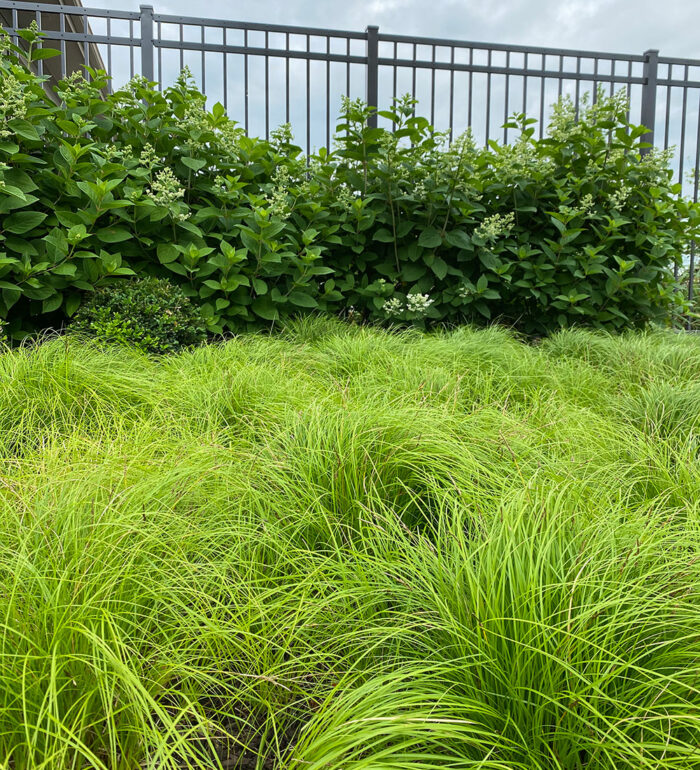
I think gardens look best when the ground is covered with either lush growth or an appropriate natural mulch to cover barren soil. Full coverage of the soil has the added benefits of suppressing unwanted weeds and retaining soil moisture. I have learned over the years that there are many ways to achieve these goals. Water is becoming a resource that is more precious and at times limited. Perhaps we should look past traditional, high-maintenance lawns to alternative plants that cover ground. These plants make great lawn substitutes, but they also work in bare spots of the garden as living mulches.
I have always been a proponent of planting thickly and in masses. That is not the same thing as overplanting or planting too closely. Plants used as a living mulch or lawn substitute need a tighter spacing, often 8 to 12 inches apart, so they may grow together quickly to create a soft and thick carpet. Some are quite short and may only need dead blossoms sheared off; others can just be left alone. Still others can be mown periodically. Here are a few of my favorites, each with its own unique character.
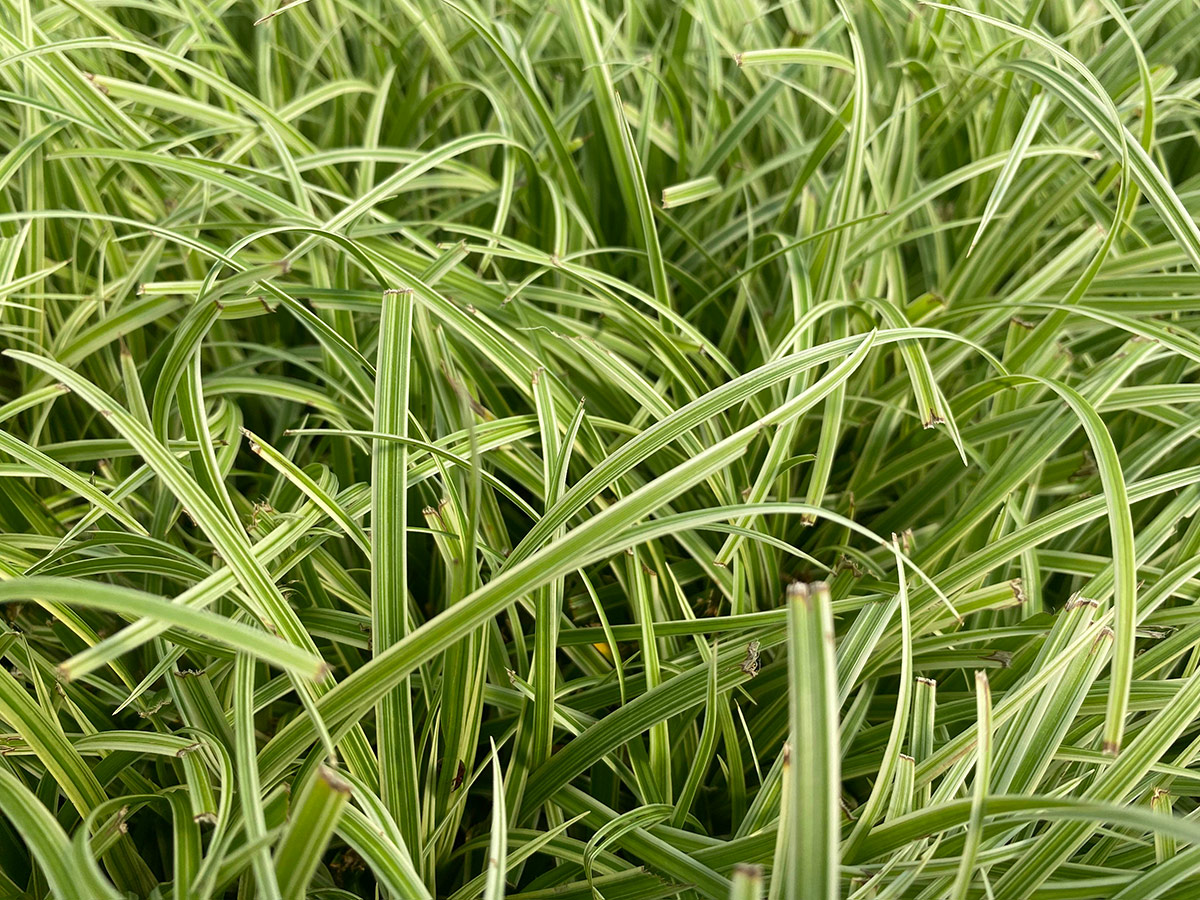
Sedges are the perfect grass substitute
When looking for a grassy ground cover, sedges (Carex spp. and cvs., Zones 3–10) are the best solution in many situations. My favorite is Pennsylvania sedge (Carex pensylvanica, Zones 3–8). Native to many parts of the Midwest, it’s commonly found in partial to full shade woodlands, forest clearings, and savannahs. Growing to a height of 8 to 12 inches, it can be mown up to twice a year if used as a lawn substitute, but I suggest leaving it alone so you can enjoy the cascading leaves. Lovely as a filler under trees or large shrubs, the foliage is semi-evergreen with a delicate texture. This sedge prefers shade; it will grow in full sun if it has adequate water, but it will not perform its best.
If you’re looking for a variegated sedge, ‘Silver Sceptre’ sedge (Carex ‘Silver Sceptre’, Zones 5–9) is an option that will provide a little brightness to the garden. This sedge is quite nice as a ground cover under darker-leaved shrubs or as a lawn in the shade where typical turfgrass has no chance to survive. I like to place these plants about 12 to 15 inches apart in moist, well-drained soil.
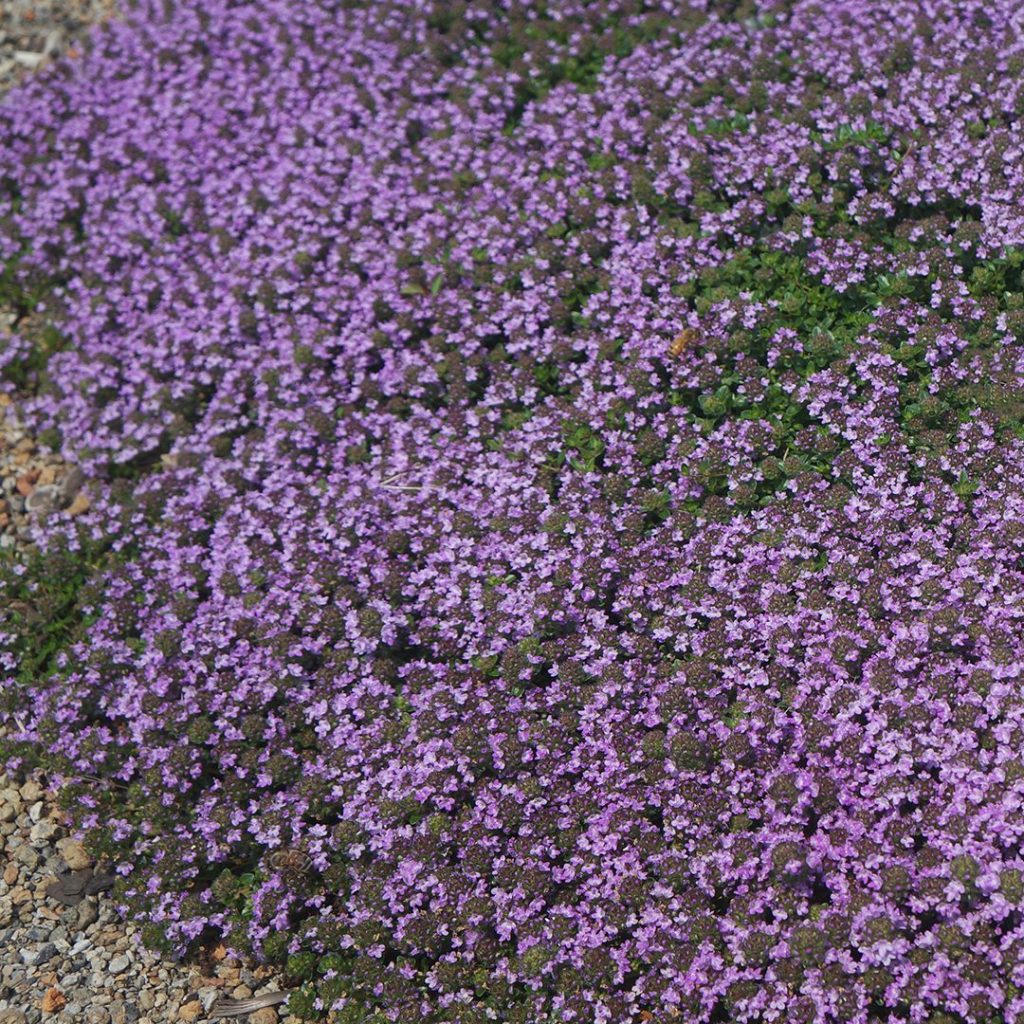
Creeping thyme creates a dense mat of fragrant foliage
Small, hot, and sunny spaces can be especially challenging for creating a lawn. If we look to herbs, creeping thyme (Thymus spp. and cvs., Zones 4–9) makes a great ground cover. In particular, red creeping thyme (Thymus praecox ‘Coccineus’, Zones 5–9) is up to the challenge. Native to the Mediterranean region, it thrives in hot and dry conditions and average, well-drained soil. It forms a dense 2- to 4-inch-tall mat of dark evergreen leaves that you can walk on. This foliage becomes covered in flowers that can range from purple to pink to red and that bloom from spring through midsummer. The leaves then turn bronze in the fall. Shear the spent blooms back to keep the appearance neat and tidy, or leave them alone for a more rugged look.
These leaves are fragrant when crushed, so walking on thyme creates an aroma whenever you cross its path. Dividing is not necessary, but you may want to thin out the carpet if it begins to spread beyond its desired boundaries. Thyme can be planted as a plug or quart-size plant with individuals about 12 inches apart, or closer if you want to achieve full coverage faster. For more diversity, consider adding white creeping thyme (Thymus praecox ‘Albiflorus’, Zones 4–9), which has white flowers, or silver edge thyme (Thymus vulgaris ‘Argenteus’, Zones 5–8), which has variegated foliage and light pink flowers. All require average soil and low to average watering once established.
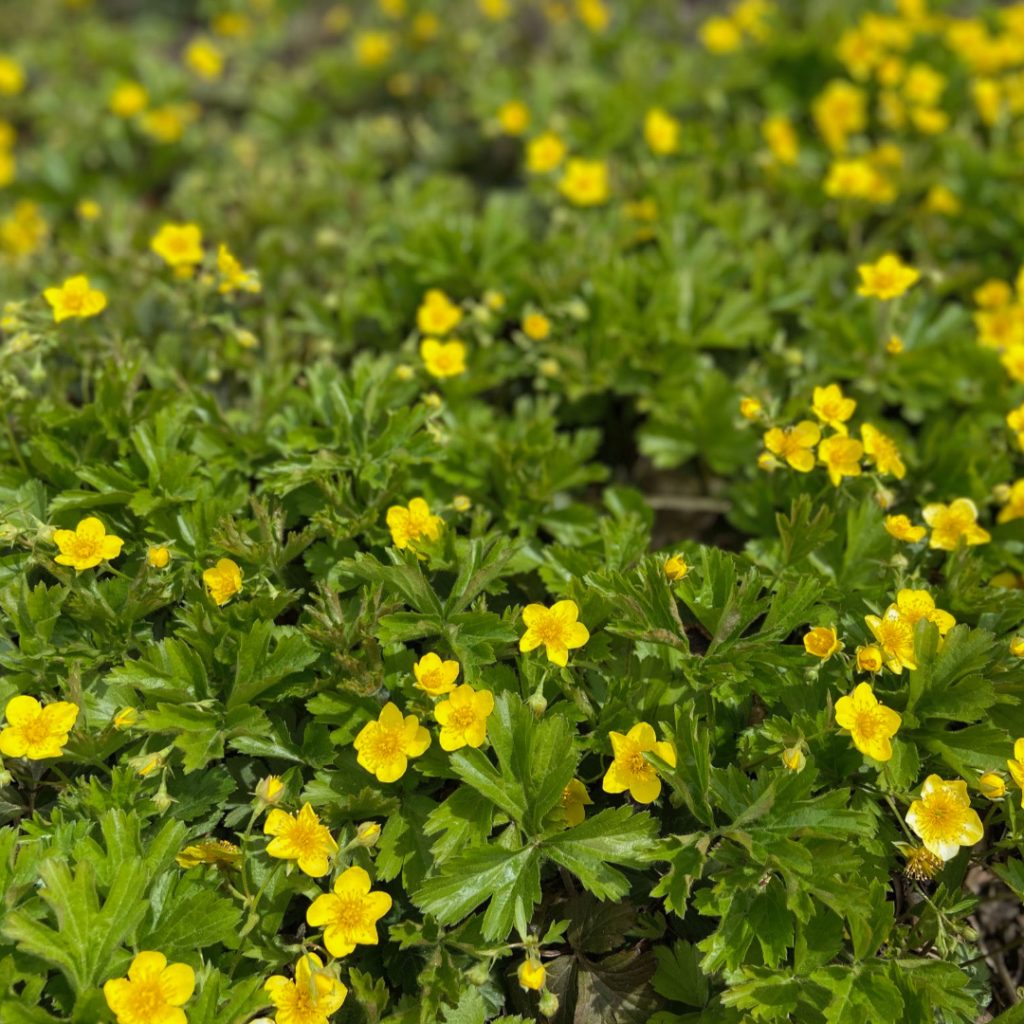
Barren strawberry makes a carpet of blooming foliage that stays short
Barren strawberry (Waldsteinia ternata, Zones 4–8) is an underappreciated ground cover. While it’s not that commonly used, I have personally been enamored with it since I began my career. Growing with the same habit as the well-known edible strawberry, barren strawberry is covered with five-petaled yellow flowers from May to June. A large mass of this plant in bloom has been known to stop the neighbors in their tracks, causing them to ring the doorbell to ask its name. Growing 4 to 6 inches tall and occasionally setting small inedible berries, it forms a dense carpet of foliage. Spreading by short surface rhizomes, it will fill a space slowly. As a result, I suggest planting these as plugs or quart-size plants and spacing them 12 inches apart in order to get the best coverage within two seasons. The leaves turn a deep bronze in the fall, hanging on throughout the winter in areas as cold as Zone 4. The old leaves are pushed off by the emerging new growth in the spring. This is a walkable ground cover, useful under other plants or as a small lawn.
Using these plants as a living mulch or a lawn substitute enables us to minimize the amount of chemicals, fuel, and other resources used to sustain our landscapes as well as to save costs in the long run. For more ground-cover options to use as lawn alternatives, check out:
- Tough Ground Covers
- Problem-Solving Ground Covers
- 27 Better Ground Covers for Shade to Replace Problematic Plants
—Marti Neely, FAPLD, owns and operates Marti Neely Design and Associates in Omaha, Nebraska.





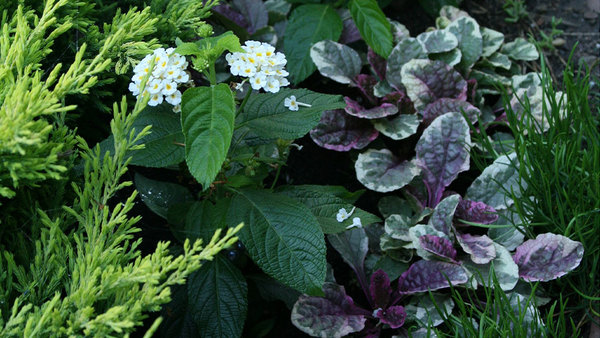












Comments
Log in or create an account to post a comment.
Sign up Log in